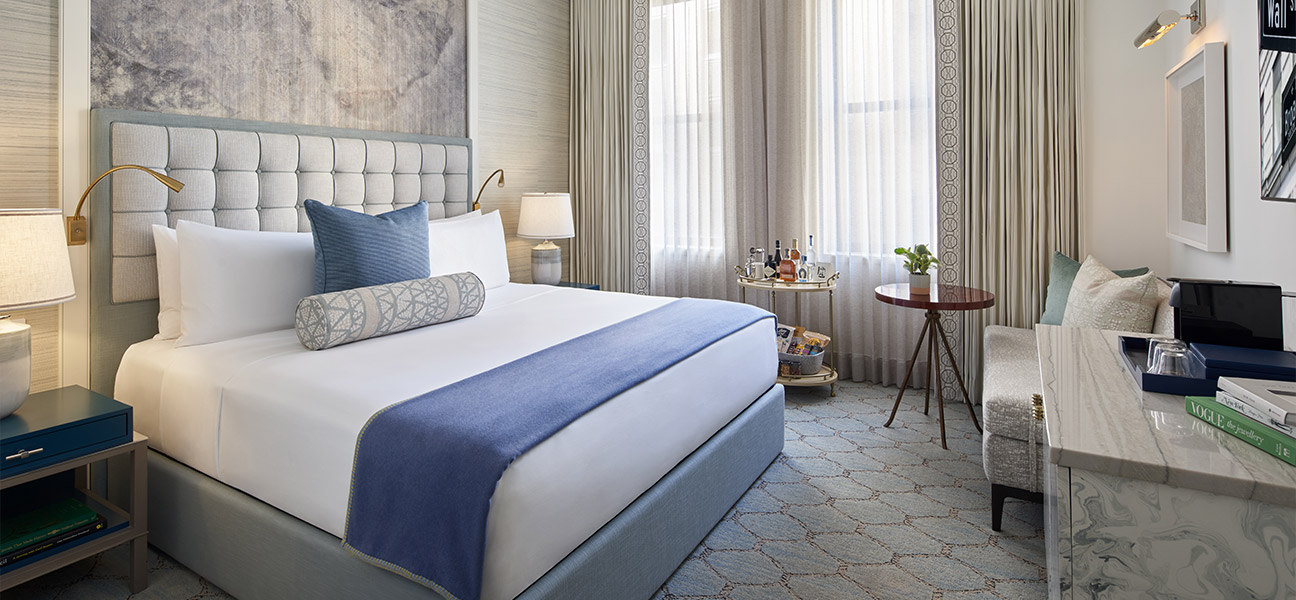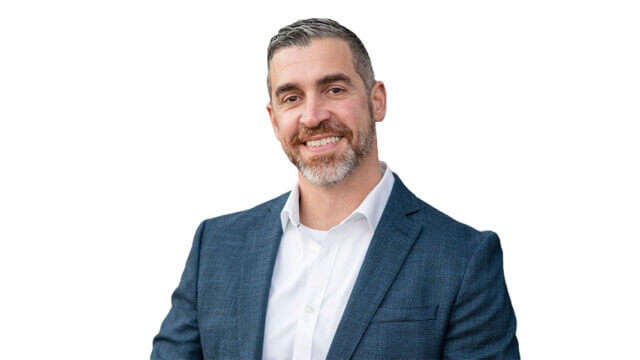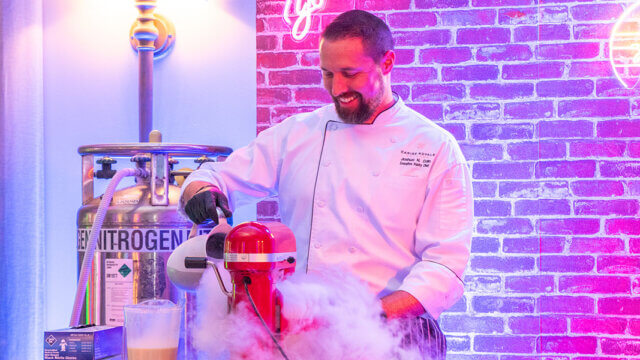Indoor air quality (IAQ) has been an ongoing concern within hotel guestrooms and public spaces, and the COVID-19 pandemic has only heightened guest and hotelier awareness of the air they breathe in and out when on property. Hotel Business caught up with Bhavesh Gupta, global director, engineering, Honeywell Building Technologies, to gather his insights on Honeywell‘s three tips on how to keep indoor air safer when outdoor air quality reaches harmful levels.
Tip 1: Continually assess and communicate IAQ
“In the post-COVID landscape, prioritizing indoor air quality has gained in importance, as well as an increase in awareness of its impact to building occupants,” said Gupta. “Utilizing IAQ sensors to track CO2, total volatile organic compounds (TVOC), temperature and humidity, as well as PM2.5—a fine particulate matter that can travel deeply into the respiratory tract—is essential and offers invaluable insights to hotel building managers about the quality of their building’s air. Integrating these sensors with HVAC systems enables constant monitoring, timely contaminant detection and automated air quality improvement interventions to meet the growing demand among occupants to stay informed about their IAQ levels and safer due to automated interventions where necessary.”
Tip 2: Rethink ventilation
“Ventilation is the cornerstone for healthy IAQ levels and thermal comfort,” he said. “While opening windows might seem like an obvious solution, it’s often impractical, especially in polluted or extreme weather conditions. Technologies like dynamic ventilation systems assess real-time indoor and outdoor climate, air quality and building HVAC load patterns, adjusting intake and exhaust accordingly. This adaptive approach offers optimal air quality, maximizes energy efficiency and maintains comfort levels by responding dynamically to occupancy and indoor and outdoor air quality.”
Tip 3: Improve filtration and purification
“To create healthier indoor environments, consider placing high-efficiency particulate air (HEPA) purifiers in high-traffic areas to capture particulate of 0.01 micron and greater with an extraordinary efficiency by diffusion and interception mechanisms,” said Gupta. “The count and capacity of these purifiers in a given space should be decided based on the clean air delivery rate (CADR) needed to be effective in removing airborne contaminants. Pressurization technologies, which manage both positive and negative air pressure, also play a key role. For example, maintaining a slightly positive pressure in the summer prevents hot outside air from infiltrating, while negative pressure in winter preserves humidity by allowing the controlled intake of outside air. Managing appropriate pressurization strategies also keeps spaces isolated from each other and helps prevent contaminant transfer. When outdoor air is less than ideal, buildings, including hotels, must depend on sophisticated and automated sensing, filtration, air purification and air circulation systems to promote better air quality.”



